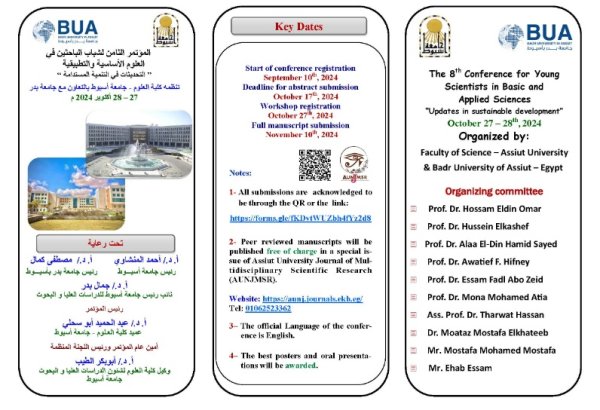

Mesoporous ZnyCd1-yS quantum dots (QDs) with mixed cubic–hexagonal phases prepared by sonochemical technique at varying Zn content. Incorporating Zn ions in the CdS lattice reduced the crystalline size and enhanced the corresponding surface areas at increasing Zn contents. The increase of Zn content in ZnyCd1-yS QDs increased the bandgap from 2.52 eV to 3.83 eV and enhanced the corresponding Urbach energy from 72 meV to 279 meV. ZnyCd1-yS QDs exhibited small electrical activation energies ranging from 249 mV to 361 mV. The effect of Zn content on the catalytic activity of ZnyCd1-yS QDs toward hydrogen production through NaBH4 hydrolysis was investigated at different temperatures. Ternary alloys ZnCdS QDs exhibited higher catalytic activity than pure ZnS and CdS QDs, with Zn0.5Cd0.5S QDs displaying the highest hydrogen generation rate of 96 mL∙min−1∙g−1. The increase of reaction temperature from 30°C to 60°C enhanced the rate constant of hydrogen production from 0.071 to 0.36 min−1. Based on the pseudo-first-order equation, the estimated apparent activation energy of Zn0.5Cd0.5S QDs was 45.3 kJ∙mol−1. Overall, the obtained results underscored the potential of ZnyCd1-yS QDs as promising catalysts for hydrogen generation.
Metronomic chemotherapy (MC), long-term continuous administration of anticancer drugs, is gaining attention as an alternative to the traditional maximum tolerated dose (MTD) chemotherapy. By combining MC with other treatments, the therapeutic efficacy is enhanced while minimizing toxicity. MC employs multiple mechanisms, making it a versatile approach against various cancers. However, drug resistance limits the long-term effectiveness of MC, necessitating ongoing development of anticancer drugs. Traditional drug discovery is lengthy and costly due to processes like target protein identification, virtual screening, lead optimization, and safety and efficacy evaluations. Drug repurposing (DR), which screens FDA-approved drugs for new uses, is emerging as a cost-effective alternative. Both experimental and computational methods, such as protein binding assays, in vitro cytotoxicity tests, structure-based screening, and several types of association analyses (Similarity-Based, Network-Based, and Target Gene), along with retrospective clinical analyses, are employed for virtual screening. This review covers the mechanisms of MC, its application in various cancers, DR strategies, examples of repurposed drugs, and the associated challenges and future directions.
Abstract
In Egypt, the Middle Eocene time represents a prolific interval for the evolution of Nummulite carbonate platforms on the southern continental paleo-margins of the Tethys. The prevalence of Nummulites has produced a significant piles of carbonate sediments represented mainly by many different facies belts interbedded with silt-sized nummulithoclastic packstones facies. These carbonates are considered as important reservoirs of hydrocarbons in the Mediterranean area, as both in offshore Tunisia and Libya. In Egypt and especially in the target area, these carbonates have been carefully studied in the field in both central Eastern Desert and west-central Sinai. On the other side, the petrography of these facies shows an exceptional richness in nummulithoclasts facies. The nummulithoclasts are spreading vertically and horizontally within parautochthonous
to allochtonous Nummulite banks with a clear decrease in grain size from the shallowest (south) to the deepest (north) areas of the carbonate platform. The studied Nummulite build-ups exhibit several physically controlled sedimentary structures and bio-fabrics that could be detected on micro- and macro-scales. These structures highlight the roll of abiotic and biotic agents as triggering mechanisms in fragmentation of Nummulite tests leading to silt-sized bioclasts (nummulithoclasts).
Candidates of such triggering mechanisms are storm surges and compaction with diagenetic processes (i.e., pressure solution and bioerosion). Storm currents swept away sediments from shallow near-shore to outer-ramp deeper environment. They were accumulated in a coevally formed small half-graben basins (sediment traps). Microfacies data proved that Nummulite banks were accumulated within the back-bank/lagoonal, bank-core, and fore-bank open marine settings. The small Nummulites (A-forms) with Alveolines were occupying shallow, euphotic waters, but ovate and robust tests lived and accumulated in middle waters indicating the influence of currents with wave-winnowing processes. The fore-bank (distal assemblages), were colonized by nummulitid with orthophragminid shells in the open marine deeper portion of the photic zone. Palaeogeographic
reconstruction maps during the Middle Eocene indicate that Egypt was situated in tropical, storm-dominated paleo-latitudes, which were controlled by a global warming. This global warming enhanced the sea surface temperature. Comparison between nummulithoclasts and other bio-sedimentary facies in Algeria, Morocco, North America, South Tibet, and Oman indicates clear similarities concerning the processes implied in shell fragmentation in relation with a global warming.
The aim of this paper is to more contribute the study of operations on bitopological spaces. The concept of operation on generalized semi open sets in bitopological spaces is introduced and studied. Two closure operators related to this concept are introduced and some of their properties and the relation between them are discussed.

